DHI Hair Transplant Technique
The most significant difference between DHI from the FUE method is the tools used for the operation.
What is DHI Hair Transplant ?
DHI (Direct Hair Implantation) is a hair transplant method that involves extracting hair follicles individually and implanting them directly into the recipient area without creating any incisions beforehand.
In DHI, a specialized tool called a Choi Implanter Pen is used to implant each hair follicle into the scalp at a specific angle, direction, and depth to mimic the natural hair growth pattern. This method allows for precise placement of hair follicles, resulting in a more natural-looking hairline and density.
DHI is a minimally invasive technique that does not require any stitches, and the recovery time is generally shorter compared to other hair transplant methods.
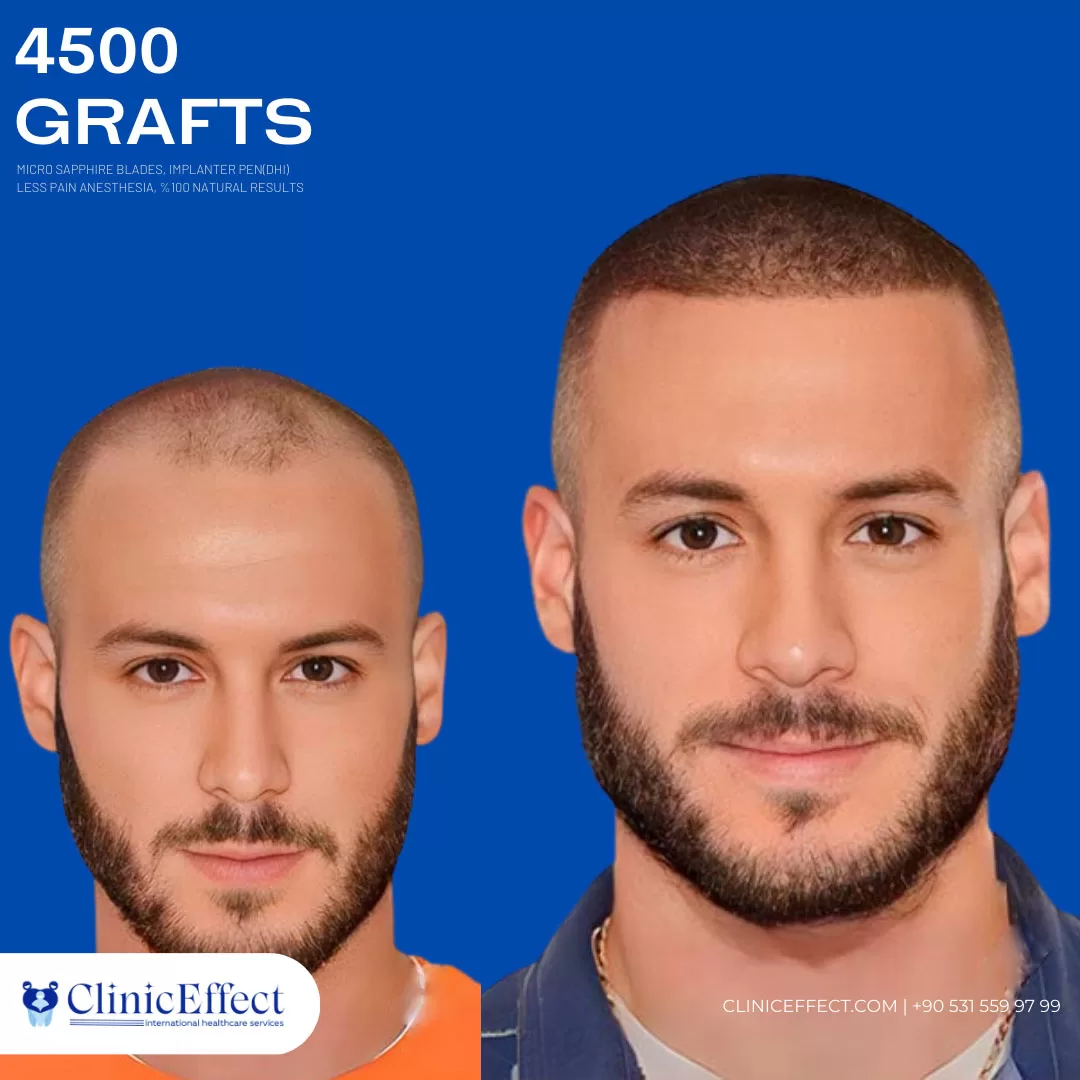

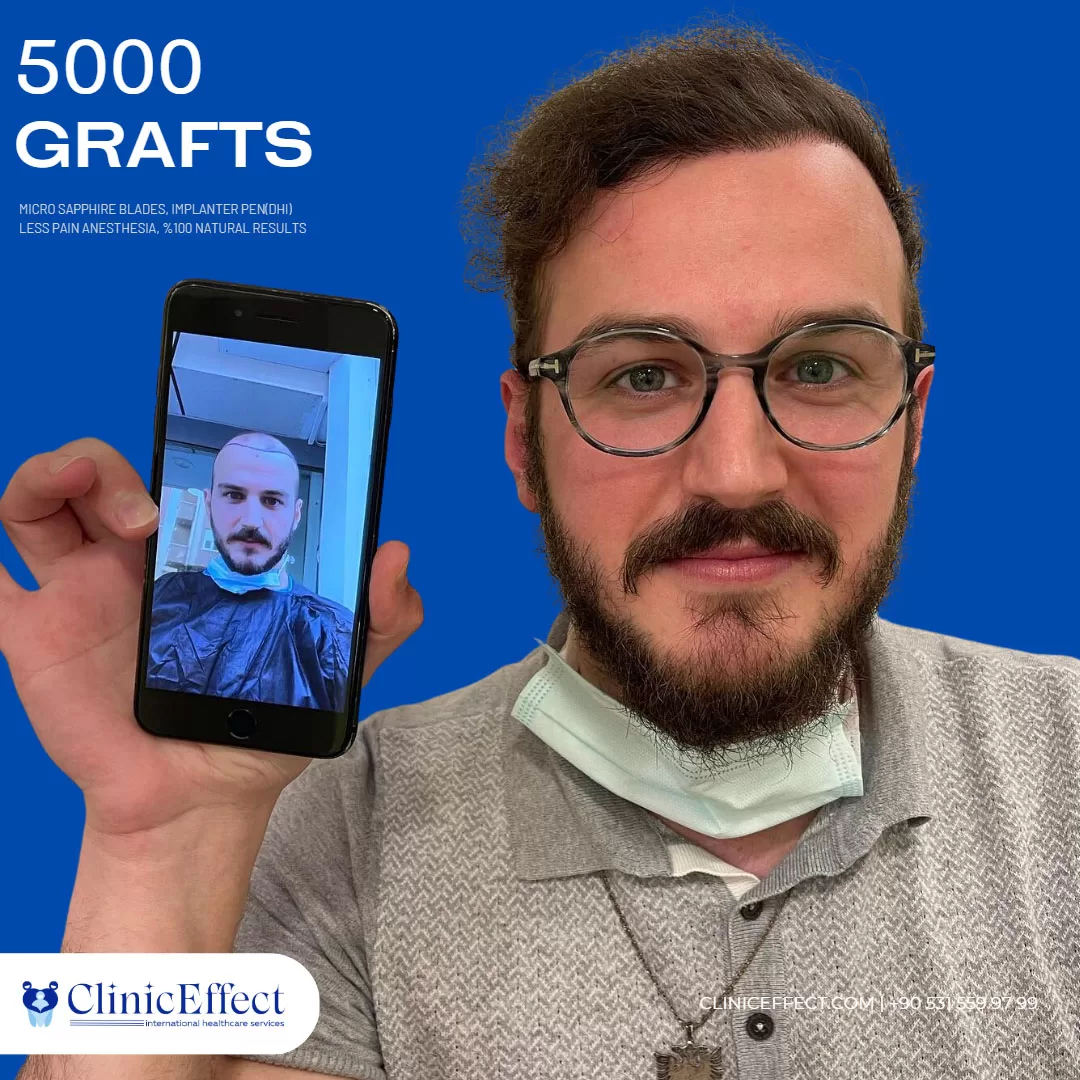


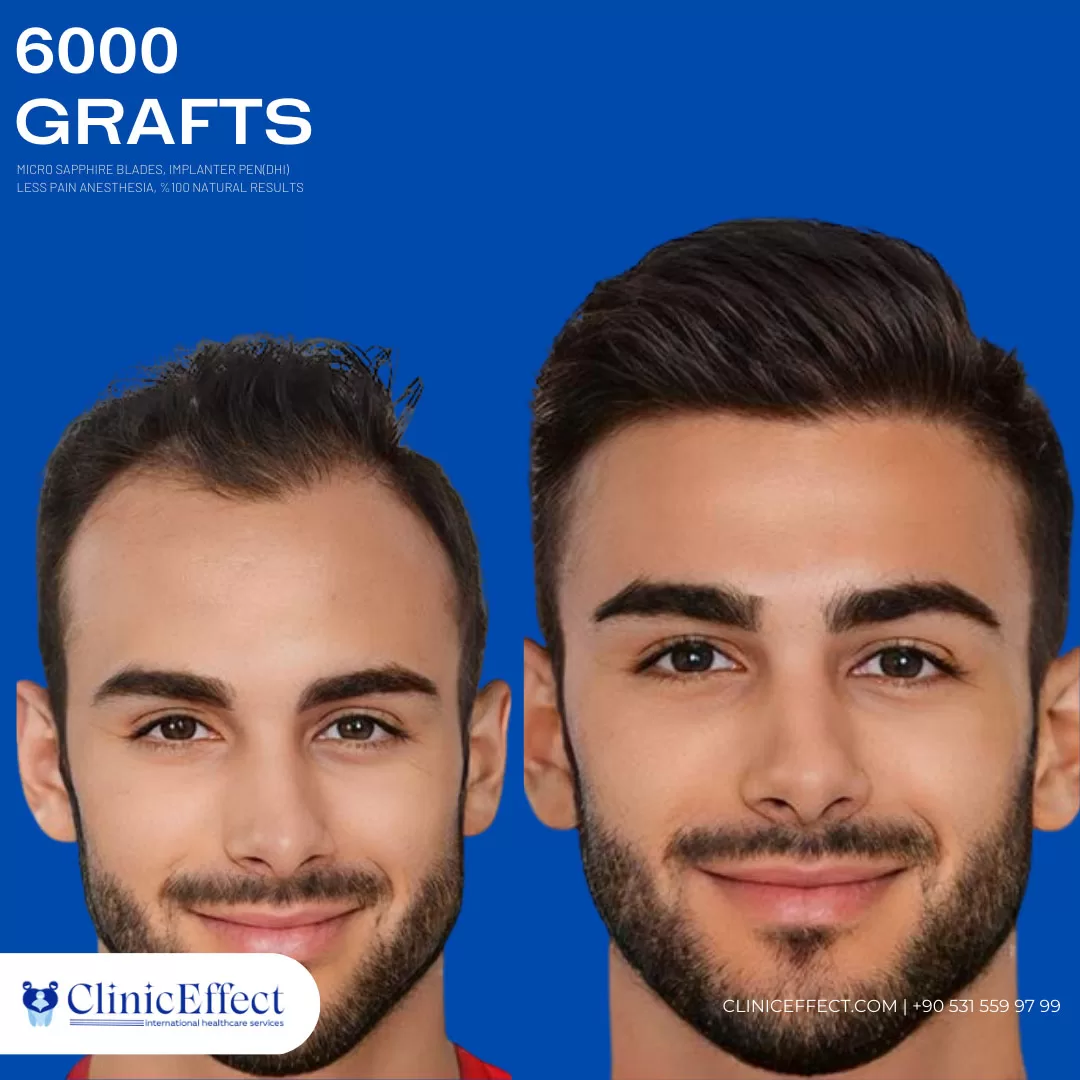


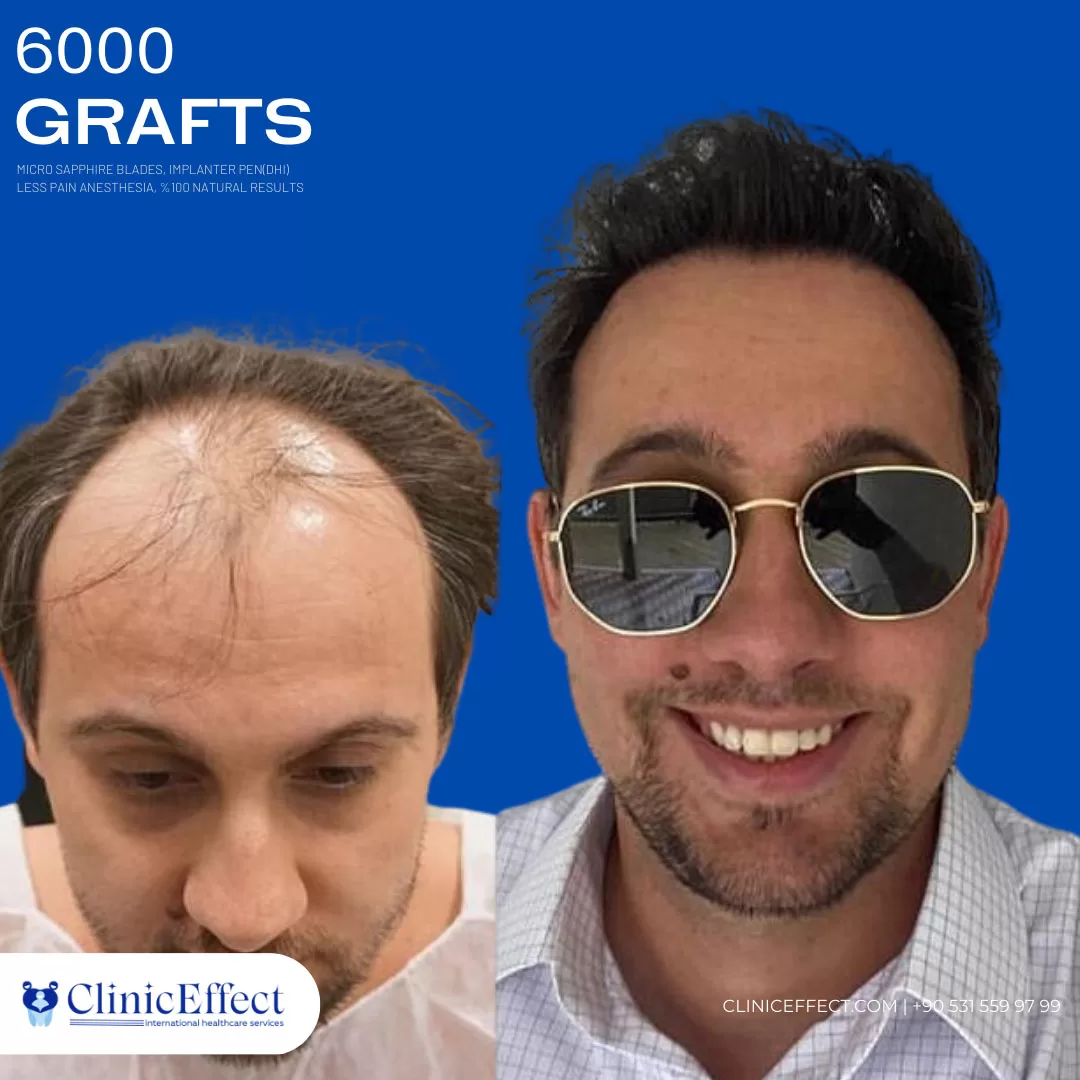

Get a Free Hair Analysis Now
Leave us your contact information and we will get back to you as soon as possible.
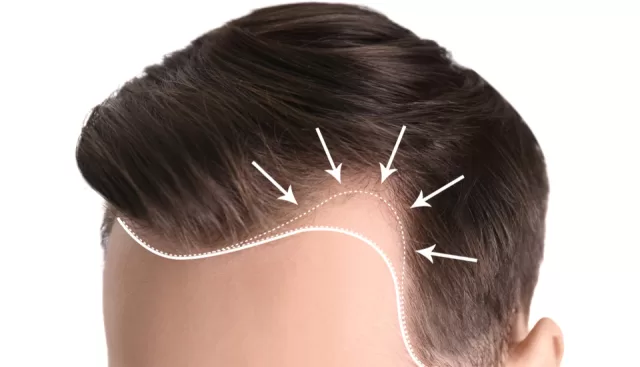
What are the advantages of DHI Hair Transplant?
Precise placement: DHI allows for precise placement of hair follicles, resulting in a more natural-looking hairline and density.
Minimally invasive: Unlike traditional hair transplant methods that require creating incisions, DHI is minimally invasive and does not require any stitches.
Shorter recovery time: The recovery time for DHI is generally shorter compared to other hair transplant methods.
Reduced scarring: Because DHI does not require incisions, there is a reduced risk of scarring.
No shaving required: In DHI, only the donor area needs to be shaved, and the rest of the hair can be left untouched.
Long-lasting results: DHI results are long-lasting and can provide patients with a full head of hair that looks natural and requires no maintenance.
Suitable for all hair types: DHI is suitable for all hair types and can be used to treat hair loss caused by various factors such as genetics, hormonal changes, or trauma.


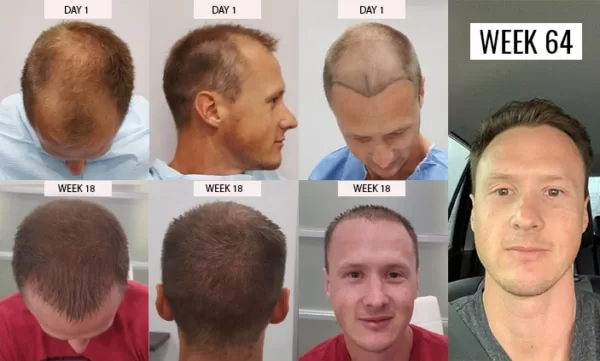
How is DHI different from other hair transplant methods?
Implantation process: In DHI, the hair follicles are implanted directly into the recipient area using a specialized tool called a Choi Implanter Pen. This allows for precise placement and a more natural-looking hairline.
No incisions: DHI does not require creating incisions beforehand, unlike other hair transplant methods such as FUT (Follicular Unit Transplantation) and FUE (Follicular Unit Extraction), which require making incisions and removing a strip of scalp or individual hair follicles.
Minimally invasive: Because DHI does not require incisions, it is a minimally invasive procedure that does not leave any scars.
Shorter recovery time: The recovery time for DHI is generally shorter compared to other hair transplant methods.
No need to shave: In DHI, only the donor area needs to be shaved, and the rest of the hair can be left untouched. This is different from other methods such as FUE, where the entire head needs to be shaved.
Overall, DHI offers a more precise and less invasive hair transplant method that can provide patients with natural-looking and long-lasting results.
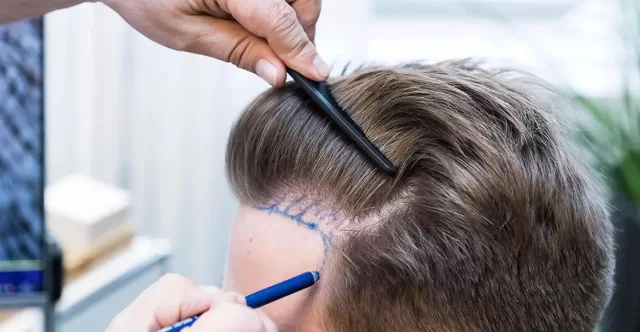
Frequently Asked Questions
Our representatives for 10 countries are 24/7 available to provide you support at anytime.
Your online hair analysis by Clinic Effect is free of charge. You will also receive a free consultation with the Clinic Effect hair loss experts.
3 days after the surgery you can return to your social life.
DHI (Direct Hair Implantation) hair transplant is a minimally invasive procedure and is generally not considered to be painful. Local anesthesia is used during the procedure to numb the scalp, so patients usually experience minimal discomfort. After the procedure, patients may experience mild soreness, swelling, and redness, but these symptoms typically subside within a few days.
Generally, a DHI procedure can take anywhere from a few hours to a full day.
During the procedure, the hair follicles are extracted from the donor area and then implanted directly into the recipient area using a specialized tool called a Choi Implanter Pen. The precision of this process can take additional time but typically produces natural-looking and long-lasting results.
The recovery time for DHI (Direct Hair Implantation) hair transplant varies from person to person, but most patients can expect to return to their normal activities within a few days to a week after the procedure.
Immediately after the procedure, patients may experience some redness, swelling, and soreness in the treated area. These symptoms usually subside within a few days, but it is essential to follow post-operative instructions carefully to ensure optimal healing and the best results.
Yes, the results of DHI (Direct Hair Implantation) hair transplant are permanent. This is because DHI involves the transplantation of healthy hair follicles from the donor area (usually the back of the scalp) to the recipient area where hair loss has occurred. These transplanted hair follicles are typically resistant to the hormone that causes hair loss, ensuring that the transplanted hair will continue to grow for the rest of the patient’s life.
Yes, DHI (Direct Hair Implantation) hair transplant can be used for other areas of the body besides the scalp. It is a versatile procedure that can be used to restore hair in areas such as the eyebrows, beard, mustache, and chest.
In fact, DHI is particularly effective for eyebrow transplants because it allows for precise control over the angle and direction of hair growth. The procedure can also be used to fill in patchy or thin beard or mustache hair, or to create a fuller chest hair look.
However, it’s important to note that the procedure may require different techniques and tools depending on the area being treated. It’s important to consult with a skilled and experienced DHI surgeon to determine the best approach for your individual needs.
A good candidate for DHI (Direct Hair Implantation) hair transplant is someone who has significant hair loss or thinning, but with sufficient healthy donor hair available for transplantation.
In general, candidates for DHI hair transplant should:
- Be in good overall health
- Have realistic expectations about the results
- Have a stable hair loss pattern (i.e. not actively losing hair)
- Have adequate donor hair available for the transplant
- Be willing to follow post-operative instructions carefully
It’s important to note that every individual is unique, and the suitability of DHI hair transplant may vary based on factors such as age, hair type, and medical history. It’s important to consult with a skilled and experienced DHI surgeon to determine if you are a good candidate for the procedure.
